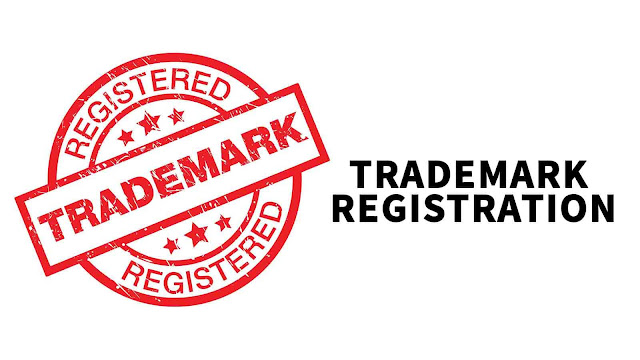Trademark Registration The Benefits and How to Register a Trademark
Benefits of Registering a Trademark
Registering your trademark gives you a set of exclusive rights that are only available to the mark owner. A registered mark also ensures that it will be protected from third-party or competitor unauthorized use.
In the case that a third party does use your mark without your authorization, you can seek the appropriate legal action in court. A Trademark Registration In Pakistan gives the owner unlimited protection against passing off and infringement of intellectual property rights.
Moreover, it helps companies to increase their brand awareness in every country where their mark is registered. Effective marketing will enable customers to recognize and associate the mark with the company products resulting in increased customer loyalty.
Trademark Registries
In order to ensure trademark rights are protected in all jurisdictions where the mark is used commercially, you must apply to the appropriate intellectual property registry in your selected country of registration.
The two main IPOs for multiple jurisdiction registration are the following;
The office for Harmonization of the Internal Market (OHIM): is the registry that monitors and issues approvals for registration across all 27 member states in Europe.
WIPO (World Intellectual Property Organization): is the registry that monitors the protection of trademarks and issues registration certificates for marks that comply with WIPO standards.
The process to acquire a registered trademark is quite complex thus it is advised to seek the assistance of experienced consultants or attorneys who specialize in trademark registration.
How to Register a Trademark
1. Seek a professional and unique design
Company Registration In Pakistan. With the assistance of a professional firm, registering a trademark is relatively simple. A trademark must be designed before it can be registered. Your mark is unique and must not resemble any other existing trademarks, while also being capable of graphical representation.
2. Determine your jurisdictions for the registration
Afterward, decide where the trademark should be registered. If the mark is to be deployed in only one jurisdiction, only the regulations and requirements of that country's specific intellectual property office will apply. Many companies wish to register their trademark in more than one jurisdiction for better intellectual property protection, so they go through WIPO or OHIM.
3. Perform a thorough search
The main concern and issue that most companies face is the duplication of existing trademarks. To make sure that your company's mark is unique and distinct, a thorough search must be conducted. This will enable the company to determine whether its mark is already in use or similar to the one which already exists.
4. Publish your trademark registration
Generally, the applicable intellectual property registry will conduct its search to validate if the trademark is available or not. Once approved, the mark is published in an official publication or 'gazette' for a specified period to give the trademark the chance to be opposed by third parties.
5. Make an Appeal
In some cases, even if the trademark is not granted registration, a company can appeal the decision of rejection in a bid to seek final registration approval.
In line with our expert knowledge in providing management consultancy across the globe, we present business administration and formation solutions that assist our clients in achieving efficient administration, management, and full optimization of their business entity.




Comments
Post a Comment